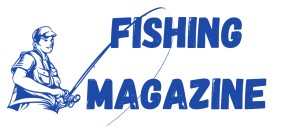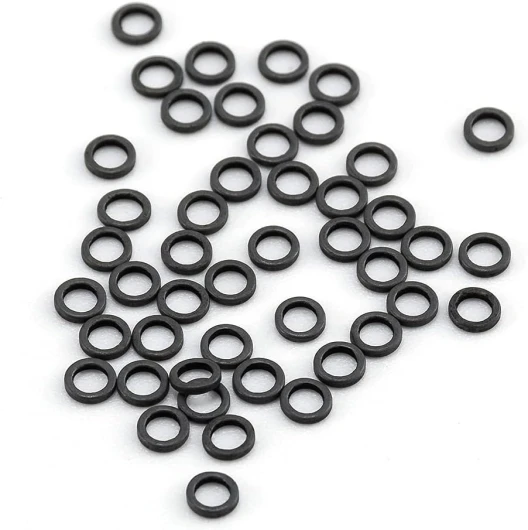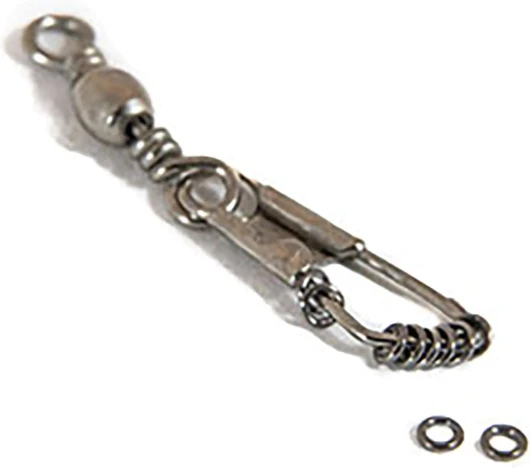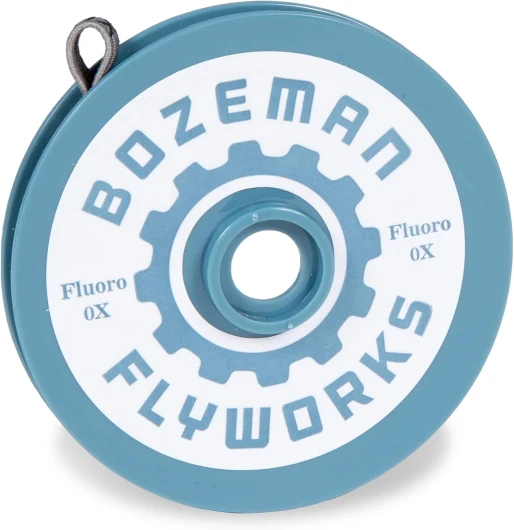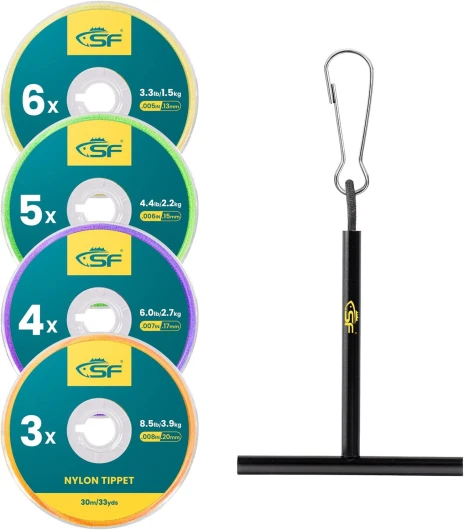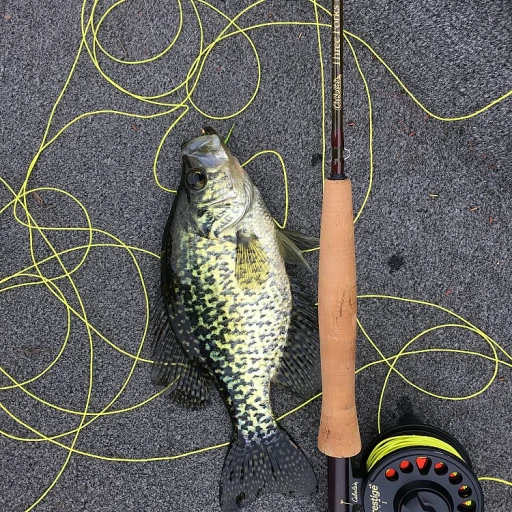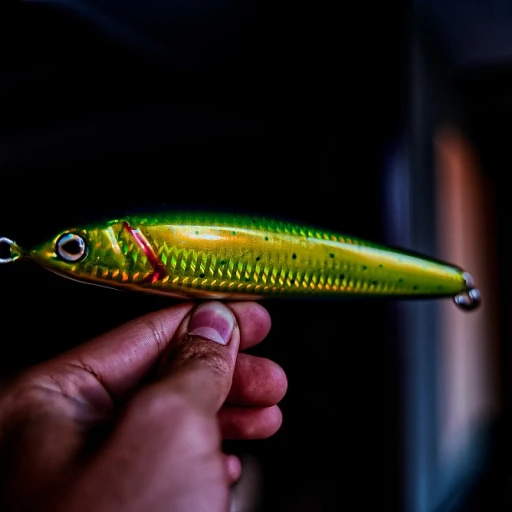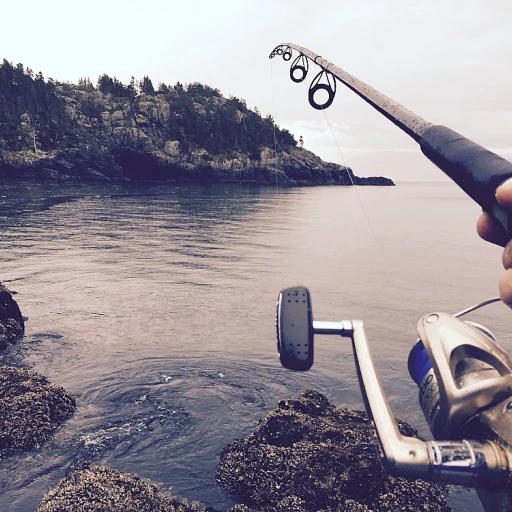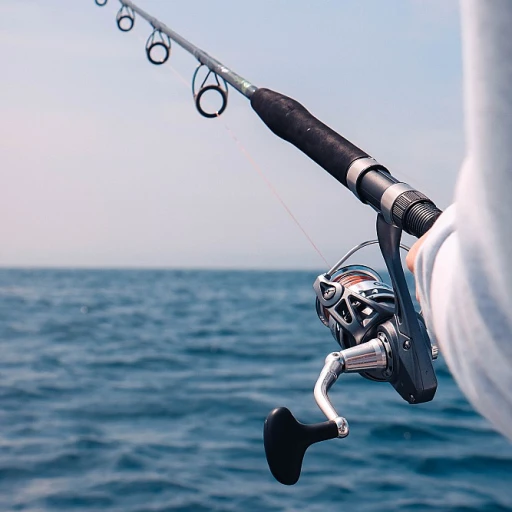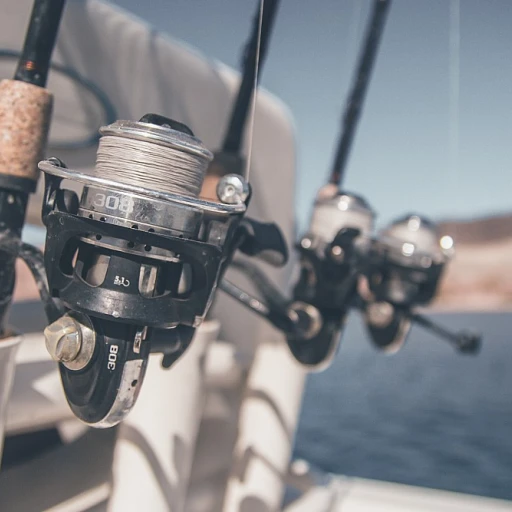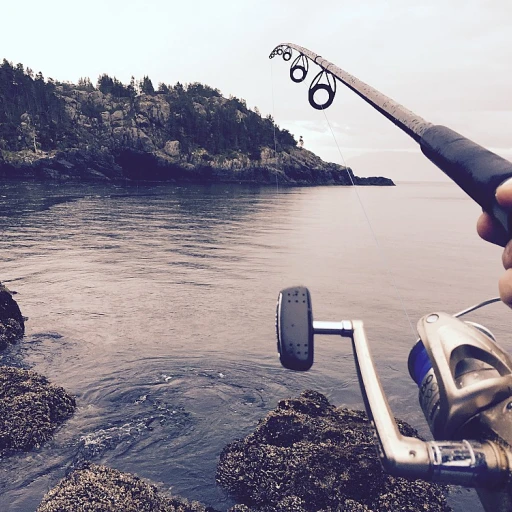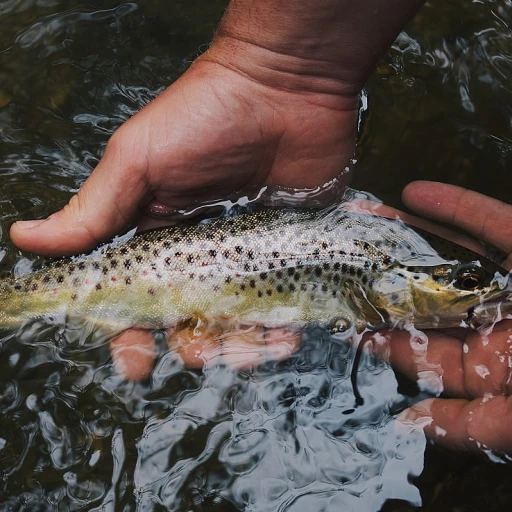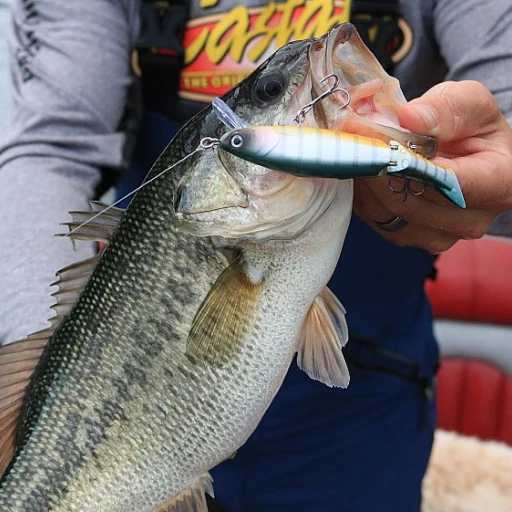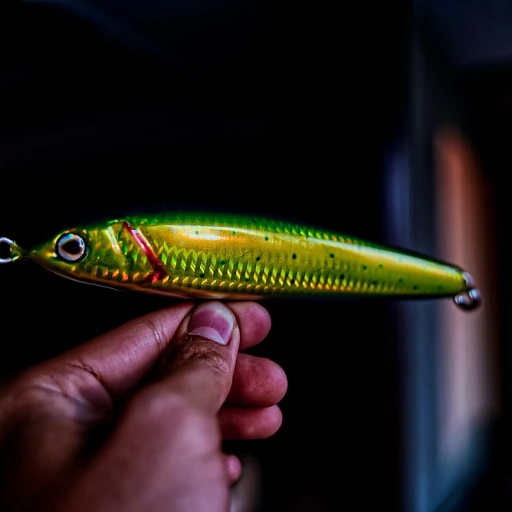
Understanding Tippet Rings
Decoding the Utility of Tippet Rings in Fly Fishing
Tippet rings have become indispensable tools in the realm of fly fishing, especially for anglers pursuing trout. Their simple yet effective design allows for seamless connections between leader and tippet, enhancing the overall fishing experience. Understanding their function helps fishers utilize them more effectively. Tippet rings are small, metal rings that serve as a junction point. They allow anglers to attach the leader to the tippet without having to cut and re-tie knots, preserving the length of both leader and tippet materials. This preservation is vital considering the cost and delicacy of fishing tippet compared to other gear elements, like dry flies or split shot rigs. Moreover, the use of tippet rings supports quick and reliable changes, whether fishing with a dry fly or using a heavier setup with a tapered leader. This flexibility proves valuable when transitioning between different fly types, such as wet and dry, or when adjusting to varying water conditions. The ability to avoid repeatedly tying a surgeon knot or clinch knot ensures that the line strength remains uncompromised over time. This is particularly important when targeting species like brown trout, where every knot's integrity boosts the angler’s success. For those new to using tippet rings, exploring the best literature for fly fishing enthusiasts can provide insightful tips and detailed guidance. A deep dive into dedicated resources will underscore the vast capacities of tippet rings in improving your next fly fishing endeavor.Benefits of Using Tippet Rings
Why Tippet Rings Are a Game Changer
For many fly fishing enthusiasts, the introduction of tippet rings has been nothing short of revolutionary. These small, yet mighty rings offer a host of benefits that can significantly enhance your fishing experience. Let's dive into how these simple additions can make a big difference.
Preserving Your Leader
One of the primary advantages of using tippet rings is their ability to preserve your leader. By attaching a tippet ring to the end of your leader, you can easily add or change tippet material without cutting back the leader itself. This means your tapered leader lasts longer, saving you both time and money in the long run.
Effortless Knot Tying
Tippet rings simplify the process of tying knots. Instead of struggling with complex knots, you can use a simple clinch knot to attach your tippet to the ring. This not only makes the process quicker but also reduces the chance of knot failure, ensuring your flies are presented effectively to those elusive brown trout.
Versatility in Rigging
These rings also offer incredible versatility when it comes to rigging. Whether you're fishing dry flies or using a nymph rig, tippet rings allow for easy adjustments. You can quickly switch between different tippet sizes or add a split shot without retying everything. This flexibility can be particularly beneficial when targeting different species or adapting to changing water conditions.
Improved Fly Presentation
With a tippet ring, your flies can drift more naturally. The ring acts as a pivot point, allowing the fly to move more freely in the water. This can be especially advantageous when fishing for wary trout, as a natural presentation often makes the difference between a successful catch and a missed opportunity.
For more insights into enhancing your fly fishing experience, consider exploring the best literature for fly fishing enthusiasts. This resource can provide you with additional tips and techniques to elevate your skills on the water.
Choosing the Right Tippet Ring
Finding the Perfect Tippet Ring for Your Needs
Choosing the right tippet ring is essential for optimizing your fly fishing experience. If you're aiming to improve your skills, selecting the appropriate ring size and material can make a significant difference. Here's a guide to help you make the best choice.- Size Matters: Tippet rings come in various sizes, typically ranging from 2mm to 3mm. The size you choose depends on the type of fish and flies you're targeting. Smaller rings work well with tiny dry flies and delicate trout presentations. Larger rings offer more strength for heavier rigs and bigger fish.
- Material Considerations: Most tippet rings are made from stainless steel, providing durability and corrosion resistance. This feature is particularly crucial when fishing in saltwater or targeting species that require stronger tippet material.
- Compatibility with Leaders: Ensure that your selected tippet ring is compatible with your leader setup. Whether using a tapered leader or a different rig, the connectivity between the tippet ring and leader must be seamless to avoid unnecessary weak points.
- Ease of Use: Look for rings with a smooth finish, allowing the fishing tippet to glide easily without fraying. A well-made tippet ring will maximize your time on the water, letting you focus on catching rather than constantly retying knots.
How to Attach Tippet Rings
Attaching Tippet Rings to Your Setup
When it comes to enhancing your fly fishing experience, knowing how to attach a tippet ring is essential. Being small and efficient, these rings work wonders in joining leader material to a tippet or another piece of fishing tippet. Not only do they help in maintaining the strength of a tapered leader, but they also simplify the entire process for anglers, from seasoned pros to well members of the fishing community. First, select the right knot for your setup. The clinch knot is widely used to tie a tippet ring to the end of your leader, providing a strong and reliable connection. Consider using a surgeon knot if you're more comfortable with it or in scenarios where additional strength is needed. Once your knot is selected, follow these straightforward steps:- Cut the Leader: Start by cutting the leader at the desired point, typically where the leader's tapered section ends and the tippet begins. This helps prevent loss of strength and keeps your fly presentation flawless.
- Thread the Leader: Insert the leader through the tippet ring, ensuring it’s secure enough to withstand the pull of a brown trout or any large fish you may be targeting.
- Tie the Knot: Create the clinch knot or another knot of choice to secure the tippet ring to the leader. Ensure that the knot is tight and the ring rotates freely.
- Add the Tippet: Use another clinch knot to tie the tippet material to the opposite end of the ring. This allows you to easily add tippets of varying lengths and strengths without compromising your setup.
Common Mistakes and How to Avoid Them
Missteps to Watch Out For When Using Tippet Rings
When taking advantage of tippet rings in your fly fishing setup, there are several common mistakes that fishers often encounter. These errors can sometimes hinder the benefits of adding these small, versatile components to your rig. By being aware of these blunders, you can avoid them and enjoy a seamless fishing experience.- Improper Knot Tying: One of the most frequent issues arises from tying the wrong knot or not securing it well. Ensuring you use the correct knot, like the clinch knot or the surgeon knot, is critical. A poorly tied knot can result in losing your leader tippet or ring altogether, which can be particularly frustrating when a trout snaps it right off.
- Overloading the Ring: Adding too much weight, such as too many flies or heavy split shot, can compromise the integrity of the tippet ring. This might cause the knot to fail or even the ring to break under pressure. Always keep in mind the size and strength limits of your chosen ring.
- Dimension Mismatch: It's essential to select a tippet ring size that matches your fishing tippet and leader. A mismatch can lead to bizarre currents that affect fly presentation dramatically—especially with dry flies in more sensitive brown trout waters. Ensure your tippet material, rings tippet, and ring leader proportions align neatly for optimal performance.
- Neglecting Regular Inspections: Regular checks are necessary to assess the condition of your rig. Look for wear and tear on the knot or the ring itself. Monitoring the state of your setup ensures any problem areas are addressed promptly before hitting the water again.
- Ignoring the Weight of the Tippet Ring: While tippet rings are small, even a slight miscalculation in weight can alter the drift of dry fly casts. Always choose a size that sits well with your setup to maintain precision.
Innovative Uses for Tippet Rings
Creative Applications for Tippet Rings
When you think of tippet rings, your mind probably jumps to their most common use in connecting leader to tippet. However, these small but mighty rings can serve multiple functions in the world of fly fishing.
Firstly, tippet rings can be a game changer when it comes to creating multi-fly rigs. By attaching a tippet ring between each fly on a leader, you can quickly and easily change flies without constantly cutting away valuable leader material. This approach not only saves time and hassle but also maintains the integrity of your leader, ensuring you have an optimal setup when targeting elusive brown trout or other species.
Adding tippet rings to your fly fishing arsenal can help in efficiently integrating split shot weights into your setup. By tying the clinch knot to attach a tippet ring below the leader, you can add weight to your fly rig without complicated knots or damaging the tapered leader. This functionality proves especially useful when you need to get your flies down fast in rising water conditions.
For those who enjoy the art of creating their custom dry fly leaders, tippet rings offer an opportunity to experiment and innovate further. Imagine tying a specialized leader that incorporates both a floating and sinking section by using rings; this unique approach could be your ticket to mastering challenging fishing conditions.
Additionally, tippet rings can serve as excellent stopper points for versatile fly fishing setups. For instance, you can use them as connection points for snap swivels, allowing you to effortlessly switch between different lure types, such as dry flies and streamers. This versatility ensures that you can adapt to varying water conditions and fish preferences on the fly.
Finally, owning well-crafted tippet rings often provides free shipping deals, adding an element of cost-saving convenience for the avid fly fishing enthusiast. It's clear that adopting tippet rings into your routine not only simplifies your approach but also opens up new possibilities in pursuit of that perfect catch.
